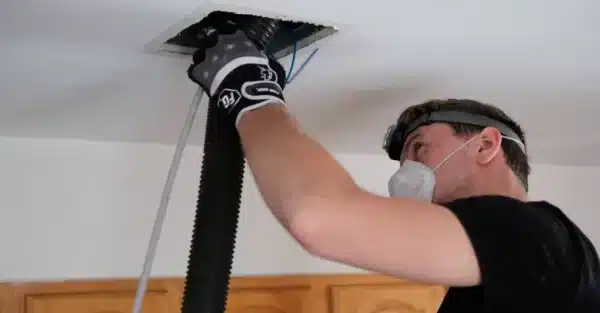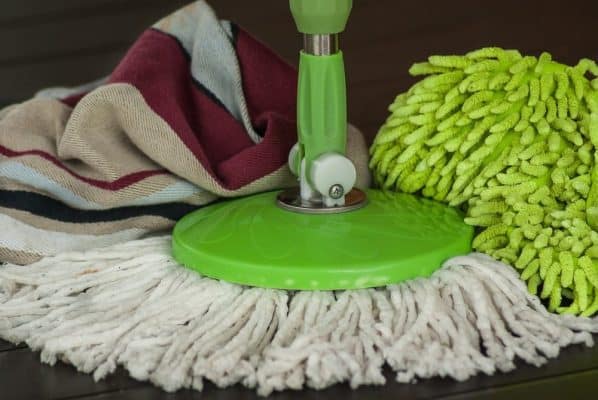
A well-designed plumbing system guarantees reliable water distribution and the proper disposal of waste. This promotes convenience, hygiene, and overall comfort. Creating a reliable plumbing system also ensures the longevity of your home’s infrastructure.
In Omaha, residents value the functionality and maintenance of their plumbing systems. As such, don’t forget the importance of routine maintenance by hiring professional Omaha drain cleaning services to keep your plumbing system running smoothly and prevent potential issues in the future. Alongside routine maintenance, these tips will help ensure your plumbing system operates smoothly and remains problem-free.
1. Plan for optimal layout and accessibility
One of the first steps in designing a plumbing system is to plan for an optimal layout that maximizes efficiency and accessibility. Consider the following aspects:
● Fixture placement: Carefully determine the location of plumbing fixtures, such as sinks, toilets, showers, and appliances like dishwashers and washing machines. Strategically placing these fixtures will minimize the length of supply and drain lines, reducing the risk of clogs and ensuring proper water pressure.
● Hot water supply: Designing an efficient hot water supply system is essential for a comfortable living environment. Locate your water heater centrally to minimize the distance hot water needs to travel to different fixtures. This will help reduce heat loss and ensure faster hot water delivery.
● Accessibility: Plan for accessibility by ensuring sufficient clearance and space around plumbing fixtures and equipment. This will facilitate maintenance and repairs in the future. Access panels or removable panels can be installed for easy access to pipes hidden behind walls or ceilings.
● Ventilation: Proper ventilation prevents odors, gasses, and potential health hazards. Plan for vent pipes that allow air to flow freely through the plumbing system, facilitating the movement of wastewater and preventing the buildup of sewer gasses.
2. Size your pipes correctly
Proper pipe sizing is crucial for an efficient plumbing system that delivers adequate water flow and maintains optimal pressure throughout your home. Here are a few considerations when sizing pipes:
● Water demand: Estimate your household’s peak water demand to determine the required pipe size. Consider factors such as the number of occupants and fixtures and the simultaneous use of water. Undersized pipes can lead to reduced water flow, while oversized pipes may result in water stagnation and increased energy consumption.
● Supply lines: Confirm local plumbing codes and standards to determine the minimum pipe sizes required for supply lines. Larger-diameter pipes are typically suitable for main supply lines, while smaller-diameter pipes are ideal for individual fixtures. The use of copper, PEX, or PVC pipes should be based on local regulations and preferences.
● Vent pipes: Properly sized vent pipes are vital to ensure the integrity of the plumbing system. Vent pipes prevent siphoning, allow air to enter the system, and facilitate the smooth flow of wastewater. Consult plumbing codes to determine the minimum required pipe sizes for venting.
3. Consider water conservation and efficiency
Creating an eco-friendly plumbing system design is beneficial for conserving water and reducing utility bills. Consider the following tips:
● Low-flow fixtures: Install low-flow faucets, showerheads, and toilets designed to reduce water consumption without sacrificing performance. These fixtures can significantly lower water usage without compromising comfort and convenience.
● Water recirculation: Incorporate a water recirculation system that circulates hot water back to the water heater, reducing the time it takes to reach the fixtures. This can result in water savings and shorter waiting times.
● Rainwater harvesting: If local regulations permit, consider integrating a rainwater harvesting system into your plumbing design. Rainwater can be collected and used for non-potable purposes, reducing the demand on the municipal water supply and conserving freshwater resources.
Endnote
Creating an efficient plumbing system for your home is crucial for ensuring convenience, functionality, and longevity. By optimizing the layout for efficiency and accessibility, sizing pipes correctly, and embracing water conservation practices, you can create a reliable and sustainable plumbing system. Incorporating these three essential tips will help you achieve a plumbing system that meets your needs while minimizing environmental impact.








